Recommendations for growing cleoma from seeds
Growing cleoma from seeds is not difficult. However, as in the cultivation of any plants, there are subtleties here.
Biology and appearance
Cleoma is a genus of annual plants belonging to the family of the same name. It includes about seventy species, one of which - Hassler's cleoma - is just grown in gardens.
This plant is large enough, can reach a meter in height. The stems are strong and strong. The leaves are light green in color, small in size, there may be small thorns on the back of them. Flowers are small, but collected in beautiful lush inflorescences. Their usual color is pink or white, less often yellow.
Advice
It is worth noting that cleoma has a very unpleasant smell, so growing it in an apartment would not be the best idea. However, in the open air this drawback will not be noticeable.
There are also several varieties, varieties of cultural decorative cleoma. The most common ones are:
- Colored fountain;
- Splashes of champagne;
- Cherry Queen.
Training
Cleoma propagates with the help of seeds. As a rule, they grow it from them, vegetative propagation methods are not very popular among lovers of this plant.
Advice
When buying, you need to pay attention to the date of collection of seeds. It is best if it was produced last year.
When growing cleoma from seeds, it is important to properly prepare the soil in which they will be planted. This is true both for sowing directly into open ground, and for germinating crops at home.
The land must be nutritious and fertile. It is necessary to exclude stagnation of moisture where the flower will grow. You also need to additionally add complex mineral fertilizer and compost to the soil.
Growing seedlings
Can sow cleoma seeds directly into open ground... This is done, as a rule, either in April, or before winter - at the end of November - December. However, if cultivation is done in this way, then the plant will bloom a little later. Therefore, pre-growing seedlings is more popular.
In this case, sowing is done early - in early March or even late February. You can do this in a greenhouse, or at home - in pots or wooden boxes. The second option is preferable.
It is recommended to take the following soil for planting cleoma seeds:
- ordinary garden land - forty percent;
- humus - forty percent;
- sand - twenty percent.
Advice
Before sowing, you can soak the seeds in a growth promoter. Such preparation will make the plant more protected from adverse conditions and will help it germinate faster.
The usual depth of planting pits is about one centimeter. After sowing, you can cover the soil with a thin layer of ash or compost as additional protection and fertilization.
Cleoma germinates about three weeks after planting. In the case of seed treatment with a growth stimulant - maybe even earlier, after one and a half or two weeks. After that, moderate watering should be done. Also, young plants require a lot of light. So it is necessary to keep them in a well-lit place, and in the evening it is recommended to leave the lamp on over them for several hours.
When the first full-fledged leaves appear on the stem, you can transplant each of the shoots into an individual peat cup. Since such containers are buried in the ground along with the plant, this will reduce the likelihood of root damage when transplanting to the site.
Planting
You can plant seedlings prepared at home in open ground when all the frosts are over. As a rule, this is the end of May or the beginning of June.The place for the cleoma should be not shaded, bright, with good access to sunlight. At the same time, there should be no sudden air movements or drafts above it.
Advice
Before planting, you can spray the flowers with a special solution - a growth stimulator mixed with mineral fertilizer.
The distance between plants should be large enough - at least fifty centimeters, ideally seventy. This is due to the fact that cleoma is a large, lush, widespread flower. Lack of space can adversely affect overall health and flowering.
Growing and care
Growing cleoma from seeds is quite simple. Watering she needs infrequent, but abundant. As a rule, watering is necessary only when it is very hot and sultry outside. The rule applies here: it is better to underfill than overflow. Cleoma is very sensitive to moisture, and its excess can easily destroy the flower.
Top dressing must be done with complex mineral fertilizers, about once every two weeks. Weak, damaged or diseased plants are fertilized by the foliar method, spraying the leaves with a solution of the drug.
Cleoma is also resistant to various diseases, and its specific smell drives away any harmful insects. Almost the only thing that can harm this flower, causing wilting or decay, is an excess of liquid.
When the cleoma has faded, you can collect its seeds for planting in the spring or before winter. It is quite easy to distinguish the already ripe ones, since they are large and their appearance can be seen with the naked eye. A good seed is round and yellow or brown in color.
Advice
You can also take pods filled with seeds and put them in gauze bags. When the time comes, the seeds will spill out into the bag by themselves.
Output
Cleoma is an unpretentious annual plant with beautiful lush inflorescences. Growing it from seeds is not difficult. Even a beginner, inexperienced gardener can easily handle this. The flower does not require special care, only infrequent watering and feeding. In addition, no pests adhere to the glue, and it almost never gets sick.
It must be remembered that this plant is thermophilic, and also requires a lot of sunlight. But the most important thing is to control the level of the liquid and not overdo it with watering, since too much water can lead to the death of the plant.
At the end of the flowering season, you can easily collect seeds from an outdated plant for planting: next year or this year - before winter.
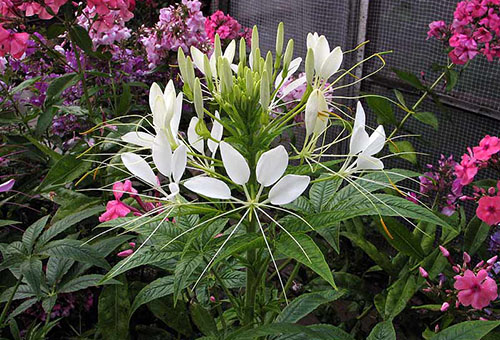
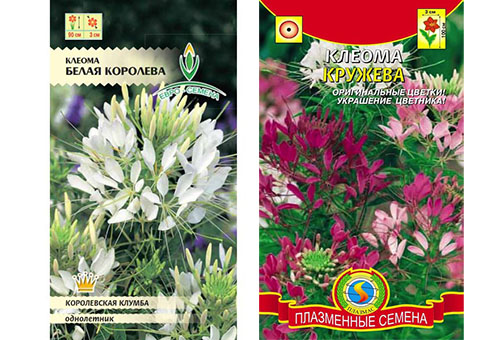
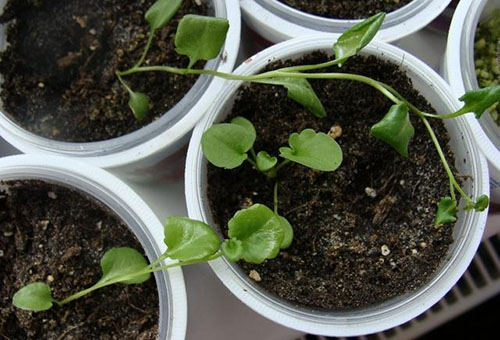



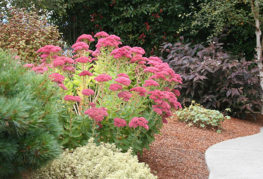
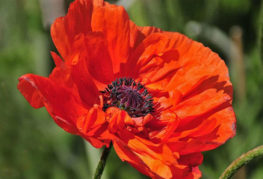
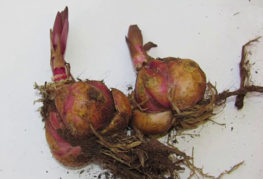
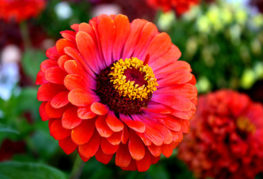
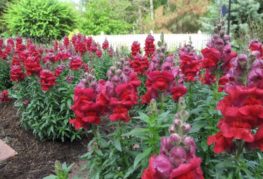
and will be published shortly.